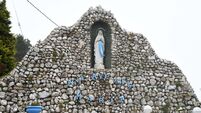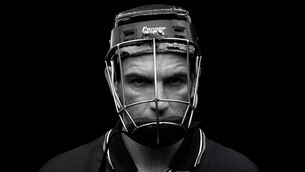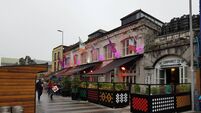Mick Clifford: Can excavation of Tuam babies bring closure?
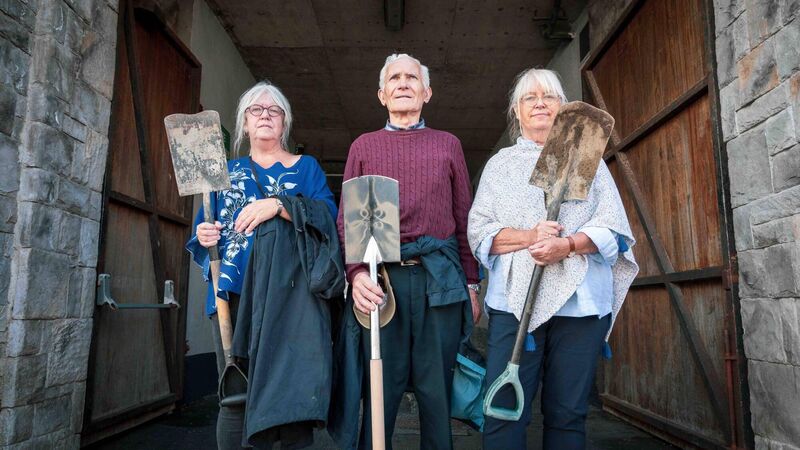
Anna Corrigan, Peter Mulryan, and Annette McKay whose siblings are thought to be buried at the Tuam mother and baby site, took part in a protest in Tuam over delays in the exhumation of the remains. Picture: Andy Newman
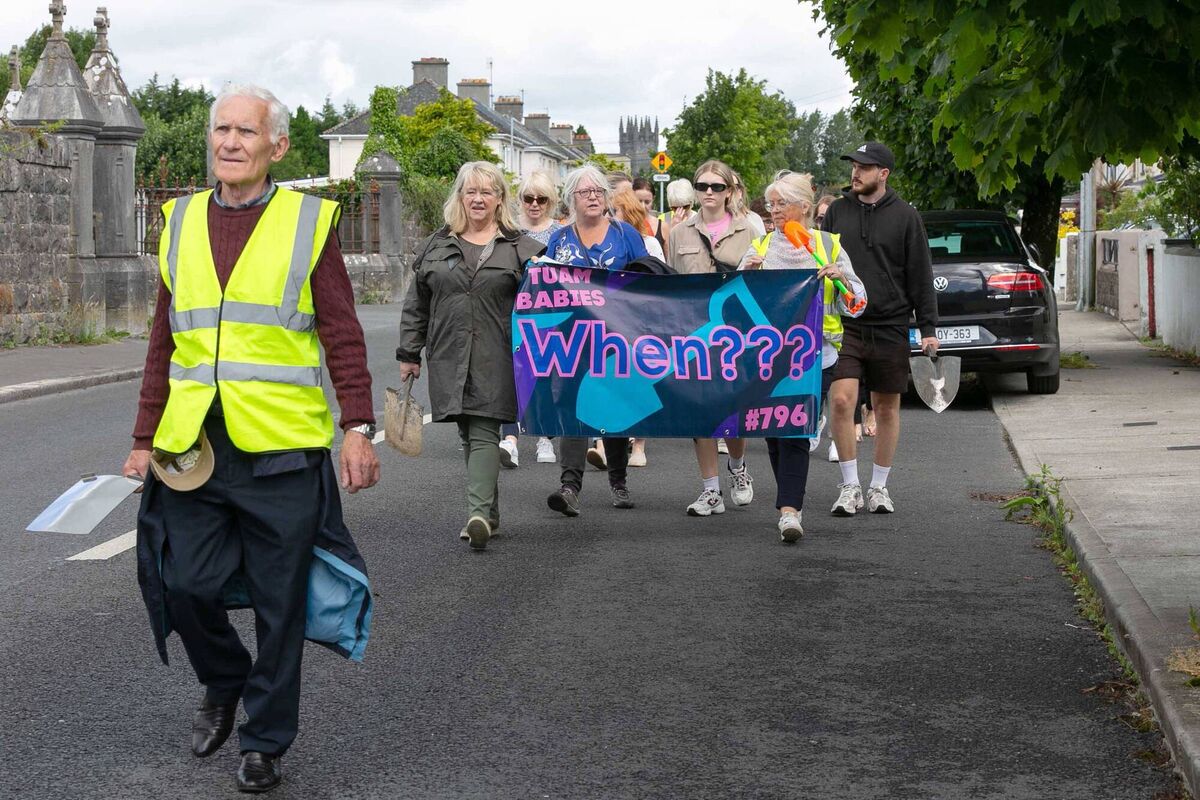
However, there are going to be huge difficulties around this process reaching anything that could be considered a positive outcome. The passage of time, the physical conditions in which the remains have been kept, and the prospect of finding relatives will present major challenges. What are the realistic chances of any sort of closure through this excavation? How many families will receive the remains of their long-deceased relative and have a reburial in a proper, fitting resting place?
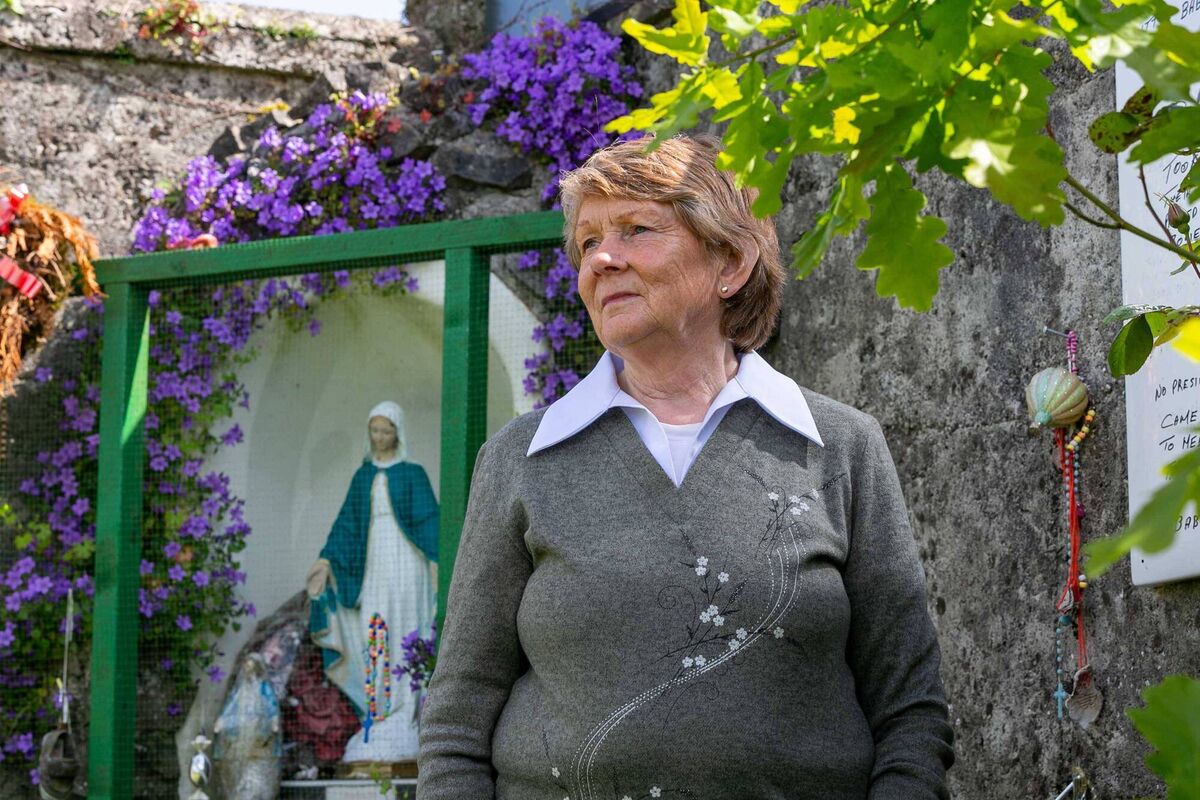
The decision to excavate was taken at a cabinet meeting in 2018. An expert group made five recommendations to the then minister Katherine Zappone on how to deal with the scenario as discovered by Ms Corless. The fifth option was excavation. Ms Corless and a support group had lobbied hard for excavation as they believe that this is the best, most humane course of action. The government went with it. There was no evaluation of how difficult the work might be or what the chances were of an outcome that could be considered in anyway positive in terms of closure or justice.







